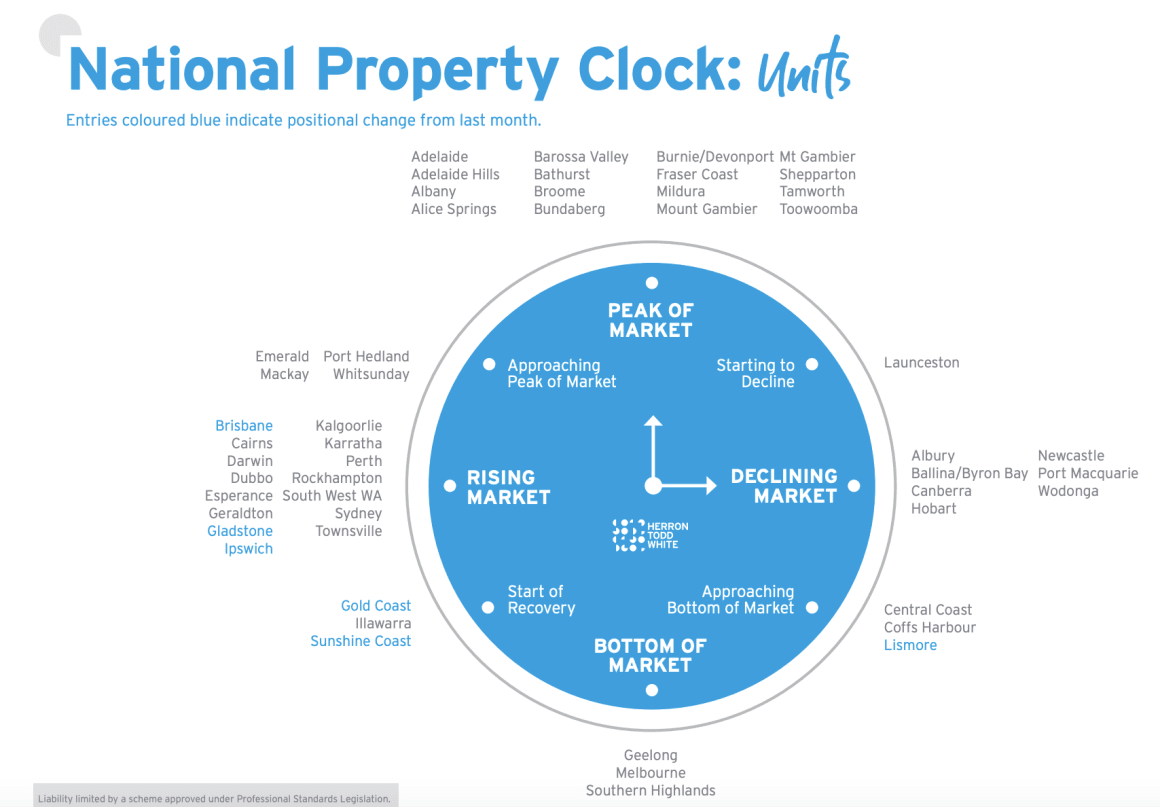Melbourne's property market year in review: Herron Todd White

The performance residential property market in Melbourne varied from market to market, property valuation firm Herron Todd White concluded in their Year in Review.
One of the most nuanced performances was the Melbourne CBD, which had different outcomes in the price and rental markets.
"Melbourne’s CBD is made up of predominantly units or apartments, making their sale prices a good gauge of the property market in the inner city," Herron Todd White's Director Perron King said.
"Although the prices may have decreased, rents have increased, and vacancy rates have once again fallen. This performance shows that the city is having a bounce back after a tough couple of years of the COVID-19 pandemic."
Rental demand and an expected influx of immigrants might lead to higher-density living trends, King noted.
"With times getting tougher for Australians and an expected 400,000 immigrants coming to Australia between 2023 and 2024, there could potentially be a shift in the way people live, and higher-density living could continue to show strong growth, especially considering the rental demand at the moment," King added.

King said despite challenges in the building industry, residential developments persisted, albeit with increased costs.
"The year highlighted the impact of global and local factors on Melbourne's property landscape, with changing demographics suggesting a potential shift towards higher-density living."
King said that while inner suburbs demonstrated robust performance, outer northern suburbs presented new opportunities for homebuyers and investors, adding that despite interest rate increases, stability and slight growth were observed in these areas.
"Inner northern neighbourhoods such as Brunswick, Thornbury and Northcote demonstrated robust performance, albeit with limited new housing stock. Occasionally, medium-sized developers acquire larger lots to construct six to eight units or townhouses in these areas, and their prime location commands a premium."
Generally speaking, HTW found the most affordable end of the market took the biggest hit, given the increased limitations on lending which stemmed from the RBA's interest rate hikes.
On the flip side, at top end of the market, buyers appear in many cases unfazed by interest rates, with a number of record breaking sales throughout the year.
"This is partly a result of cash purchases and the return of internationally based buyers."
